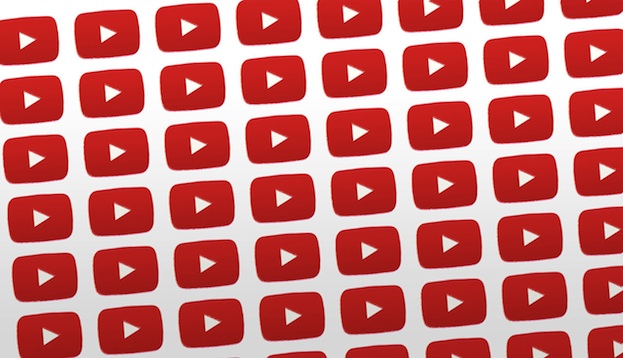By Sahil Patel
Ignore, for a second, about how more and more producers are creating content for digital platforms. Hollywood studios and networks — those still generating most of their revenue from traditional films and TV shows — are also increasingly adapting to digital, because they have to.

If you need just one statistic to explain why, how’s this: Revenues from US subscription VOD streaming services like Netflix and Amazon topped $1.9 billion in the first half of 2014, representing a 26.17 percent increase from the previous year. Revenues from electronic sell-through services like iTunes totaled $671 million, growing 36.84 percent since 2013.
These numbers (and the chart) are courtesy of eMarketer, which pulled data from a report released by the Digital Entertainment Group earlier this month.
By itself, the data shouldn’t be surprising. Netflix has been reporting higher subscriber and revenue numbers for quite some time now, because consumers are increasingly flocking to digital services to discover or rewatch films and TV shows.
What makes all this more compelling, though, is how digital compares to the more traditional means of distributing and redistributing content. According to Digital Entertainment Group, SVOD and EST were the only two formats to see a positive change in revenue from the previous year. Brick and mortar Down 32.68 percent. Rental excluding video-on-demand Down 14.55 percent. Rental with VOD included Negative 11.4 percent. Traditional VOD by itself Minus 5.63 percent.
This is why you’re seeing initiatives like the UltraViolet digital locker service, or TV’s attempt at “TV Everywhere,” or studios experimenting with multi-platform release models for some films.
Interestingly enough, this is also why content costs continue to rise for digital outlets like Netflix and Amazon, and why both have, as a result, ventured into creating original programming.
More and more people are watching movies and TV shows. But less and less are interested in always watching this content the way they historically have. It’s one of the reasons why box-office numbers have been down this summer, and why the 2014 upfront market was pretty weak.
Give viewers what they want when they want it — it’s a popular refrain in the industry, but as the numbers are beginning to reflect, it’s also true.
This article was originally posted on VideoInk and is reposted on [a]listdaily via a partnership with the news publication, which is the online video industry’s go-to source for breaking news, features, and industry analysis. Follow VideoInk on Twitter @VideoInkNews, or subscribe via thevideoink.com for the latest news and stories, delivered right to your inbox.

